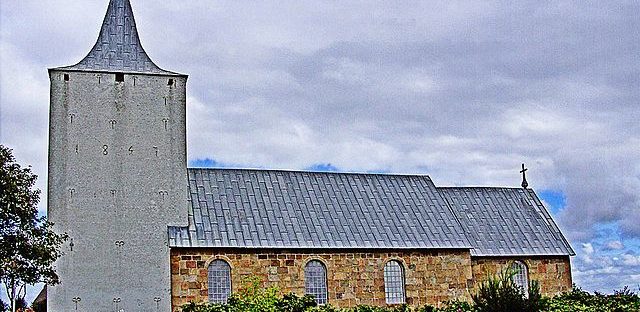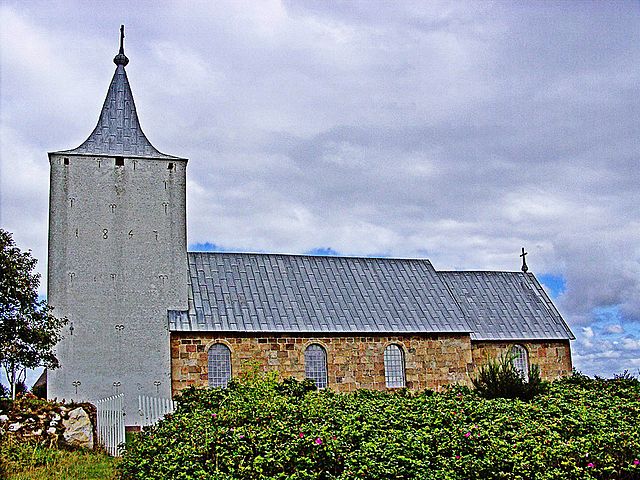- Target: 100% renewable energy by 2020
- Status: In progress
- RES: Bio-energy, wind power, new plus-energy buildings, hydrogen vehicles and hydrogen service stations, and solar power.
- Implementation: Ringkøbing-Skjern is the largest municipality in Denmark, established in 2007. At its conception, the municipality only met 20% of its energy from renewable sources. However, Ringkøbing-Skjern aims to produce within its boundaries enough renewable energy to cover all consumption by its citizens and businesses by 2020. It has set out an Energy 2020 plan, which aims to have local people, businesses, institutions and non-profits implement energy projects, from testing to development to implementation, in order to stimulate sustainable economic growth within the municipality.
The Energy 2020 plan includes a top-down and bottom-up leadership structure. From the top, the 100% plan would be lead by the Energy Board, which is made up of local business and organisation representatives, along with municipal officials and staff. The Board would advise the local governing Council, which appoints a Secretariat to coordinate the effort and provide information, marketing and an energy action plan. From the community level, projects of all sizes would be implemented by local citizens, businesses and non-profit organizations. Impetus to engage would be motivated by expected energy savings, environmental benefits, and economic opportunities.
In relation to the energy target, the plan envisages different types of renewable installations. Ringkøbing-Skjern will take advantage of its large land area and the energy that can be made from farm animal waste and plants. New wind turbines are expected to generate twice as much power as the whole municipality consumes. New buildings will be "plus energy," that is, able to generate more energy than the use. The Council will continue to operate hydrogen vehicles and hydrogen service stations, and public and individual transport are to run on biofuel and electricity. Other technologies currently being used include thermal heat, fjord heat, solar power, solar cells, and wave energy. - Population: 57,148 (2014)
- Area: 1,494.56 km² (577.05 sq mi)
- Link: https://www.energi2020.dk/english
- In Danish with English subtitles

